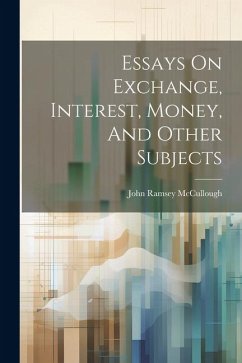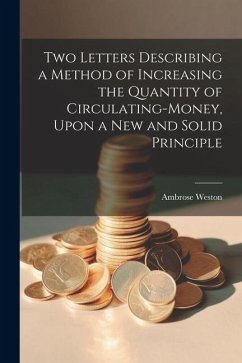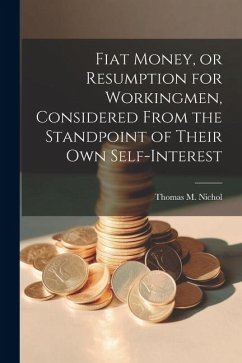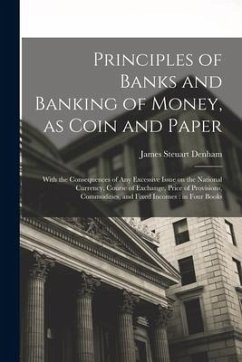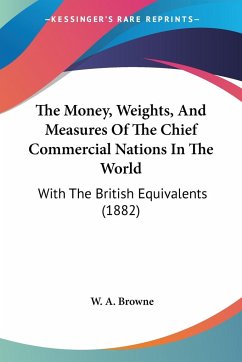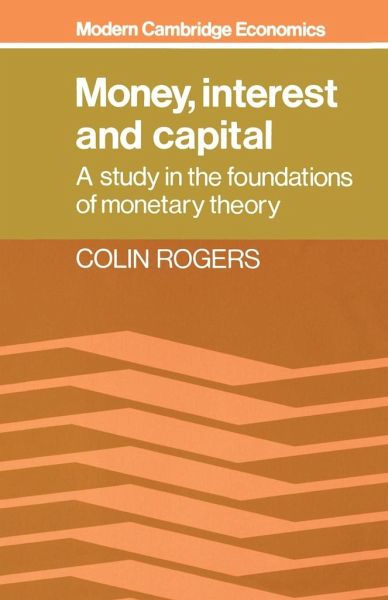
Money, Interest, and Capital
A Study in the Foundations of Monetary Theory
Versandkostenfrei!
Versandfertig in 1-2 Wochen
42,99 €
inkl. MwSt.

PAYBACK Punkte
21 °P sammeln!
This book presents a study in the foundations of monetary theory with several unique features. It consists of two parts: a critique of the varieties of neoclassical monetary theory, and a rigorous statement of the foundations of Post Keynesian monetary theory. The two parts reflect Joseph Schumpeter's distinction between monetary theories in the divergent traditions of Real and Monetary Analysis. Part I offers a novel critique of Wicksellian and neo-Walrasian general equilibrium versions of Real analysis. The critique of Wicksell's monetary theory demonstrates the general impossibility of defi...
This book presents a study in the foundations of monetary theory with several unique features. It consists of two parts: a critique of the varieties of neoclassical monetary theory, and a rigorous statement of the foundations of Post Keynesian monetary theory. The two parts reflect Joseph Schumpeter's distinction between monetary theories in the divergent traditions of Real and Monetary Analysis. Part I offers a novel critique of Wicksellian and neo-Walrasian general equilibrium versions of Real analysis. The critique of Wicksell's monetary theory demonstrates the general impossibility of defining the natural rate of interest without which the loanable funds theory collapses. The critique of neo-Walrasian monetary theory, on the other hand, exploits the inessential role of 'money' in temporary equilibrium and overlapping generations models and develops a novel interpretation of the Patinkin controversy and the Clower finance constraint. The implications of these developments are then traced through the debates between monetarists and Keynesians. Part II presents a rigorous argument for securing the foundations of Post Keynesian monetary theory in the tradition of Monetary Analysis. In the context of the evolution of the monetary system from commodity money to credit money. Wicksell's natural rate of interest is replaced by Keynes's marginal efficiency of capital which is in turn applied to Myrdal's notion of monetary equilibrium to derive a formal definition of Keynes's point of effective demand. This leads to the most novel feature of the book: the demonstration of the existence of a long-run unemployment equilibrium without the assumptions of rigid wages. The principle of effective demand is shown to break Say's Law by placing a limit on the profitable expansion of output before full employment is reached.
Table of contents:
List of illustrations; List of tables; Series preface; Preface; 1. Real analysis and monetary analysis: an introduction; Part I. Real analysis: Critique: 2. Wicksellian monetary theory; 3. Neo-Walrasian monetary theory; 4. The neoclassical synthesis revisited; 5. Keynesian and monetarists; 6. Friedman's monetary framework: the quantity theory restated?; Part II. Monetary Analysis: Foundations: 7. Re-laying the foundations of monetary theory; 8. Some further questions of method and methodology; 9. Marshallian microfoundations of monetary equilibrium; 10. Macroeconomic analysis and monetary equilibrium; 11. Real analysis and monetary analysis: the central arguments; References; Index.
This book presents a study in the foundations of monetary theory with several unique features. The author also demonstrates the existence of a long-run unemployment equilibrium without the assumptions of rigid wages.
Table of contents:
List of illustrations; List of tables; Series preface; Preface; 1. Real analysis and monetary analysis: an introduction; Part I. Real analysis: Critique: 2. Wicksellian monetary theory; 3. Neo-Walrasian monetary theory; 4. The neoclassical synthesis revisited; 5. Keynesian and monetarists; 6. Friedman's monetary framework: the quantity theory restated?; Part II. Monetary Analysis: Foundations: 7. Re-laying the foundations of monetary theory; 8. Some further questions of method and methodology; 9. Marshallian microfoundations of monetary equilibrium; 10. Macroeconomic analysis and monetary equilibrium; 11. Real analysis and monetary analysis: the central arguments; References; Index.
This book presents a study in the foundations of monetary theory with several unique features. The author also demonstrates the existence of a long-run unemployment equilibrium without the assumptions of rigid wages.






